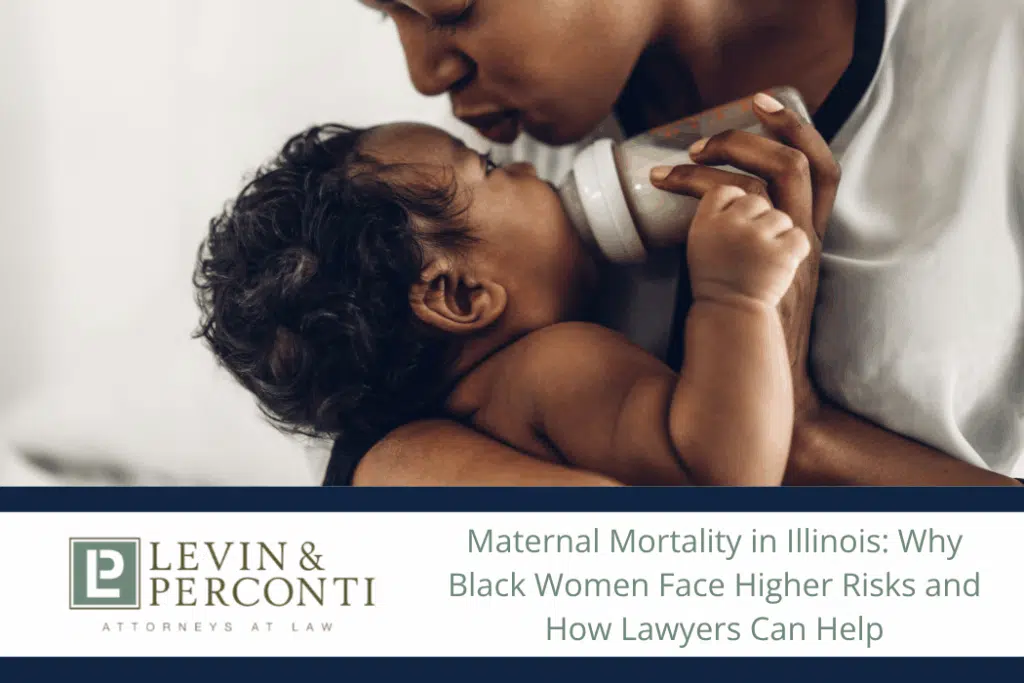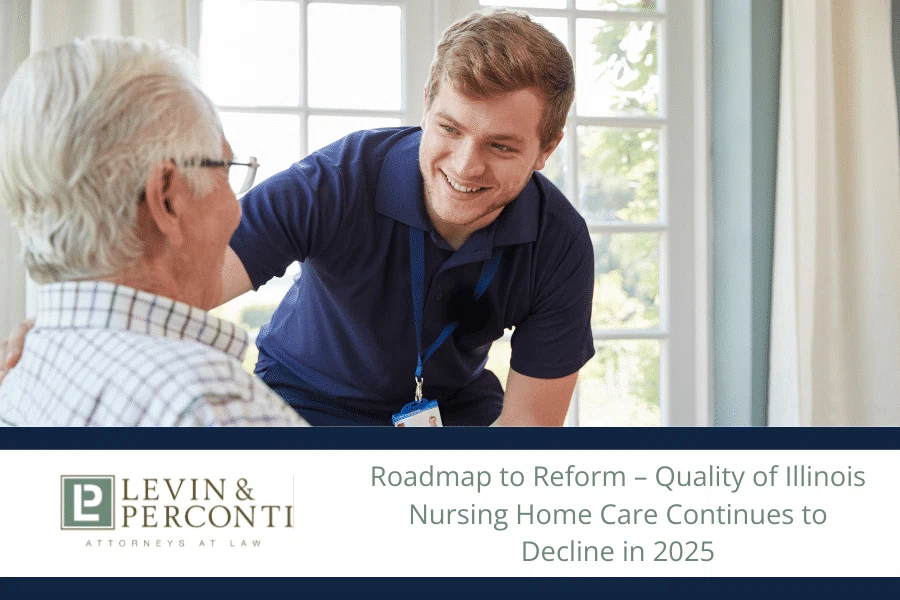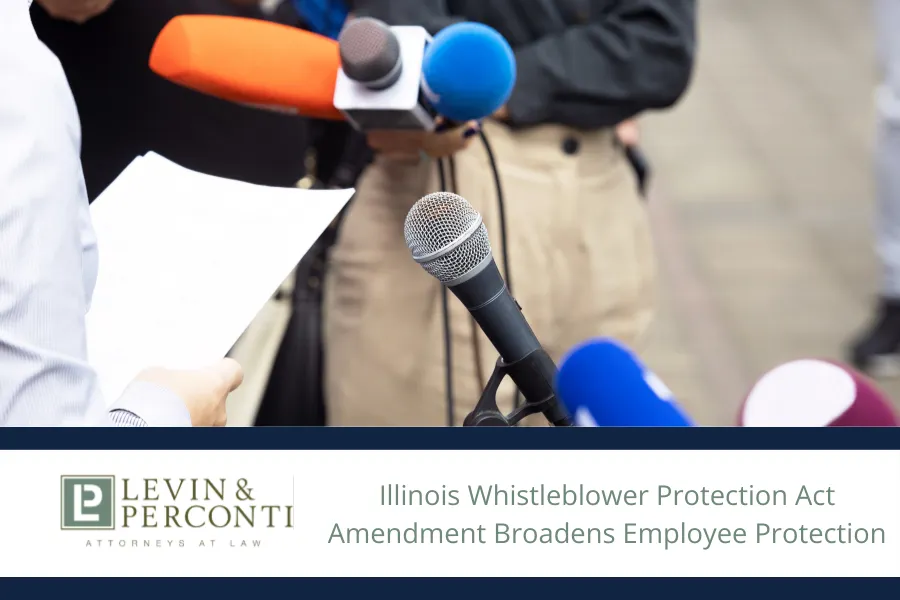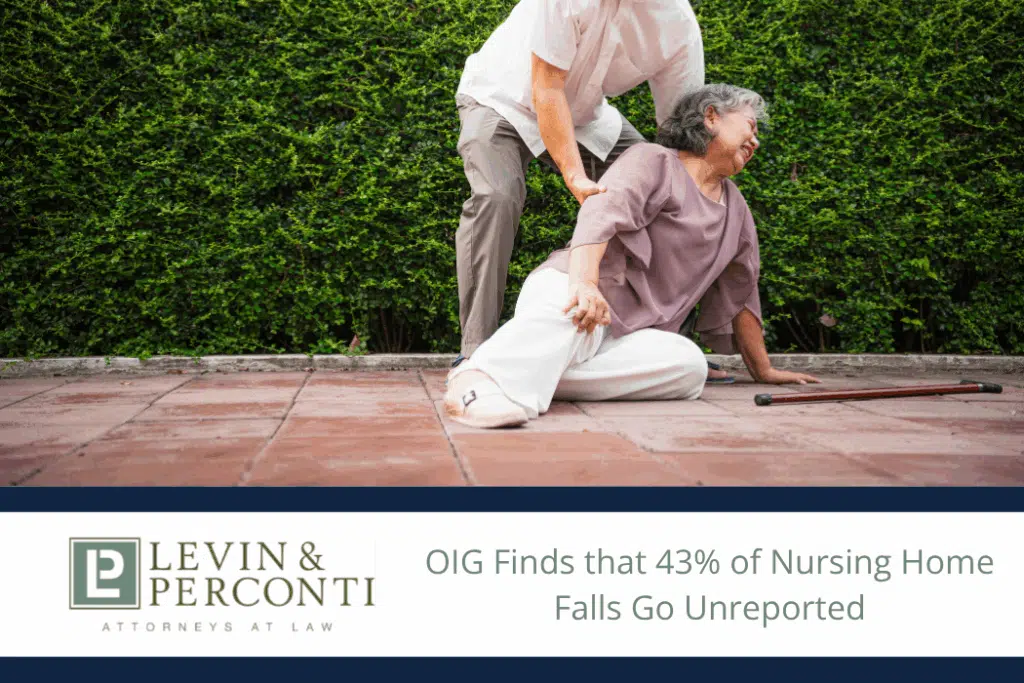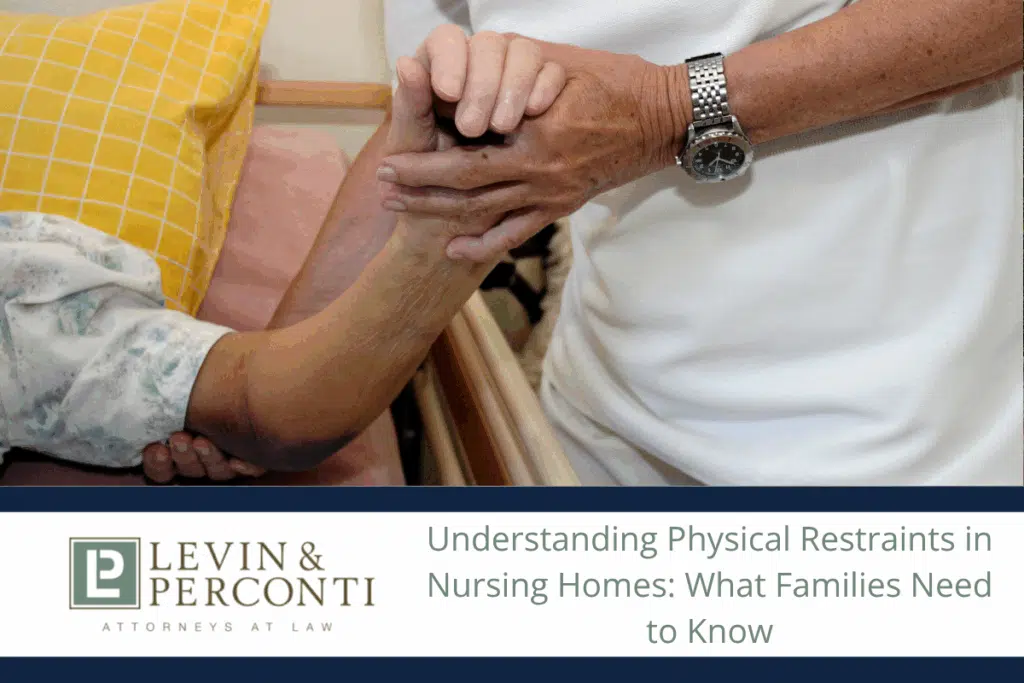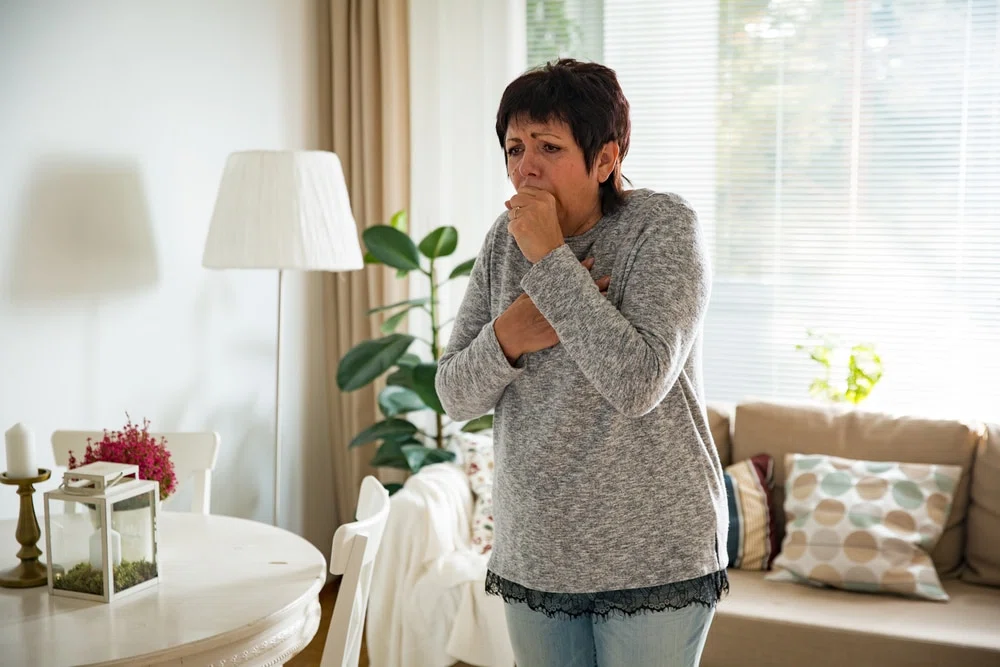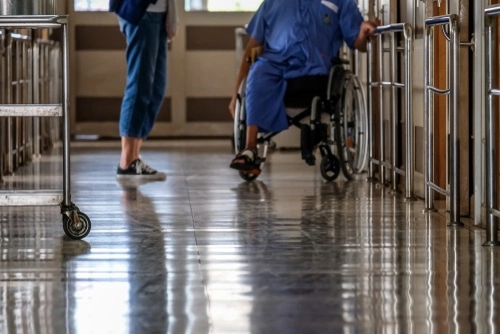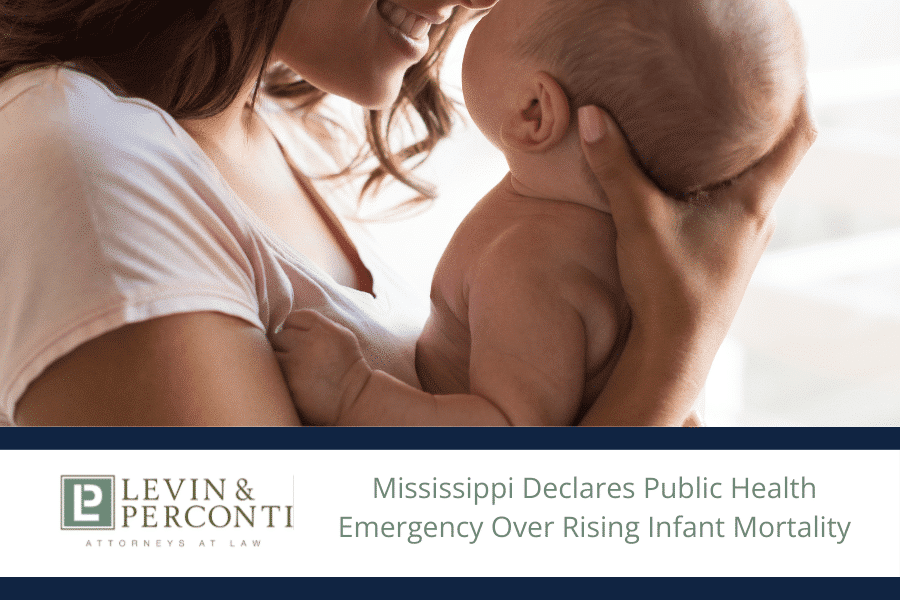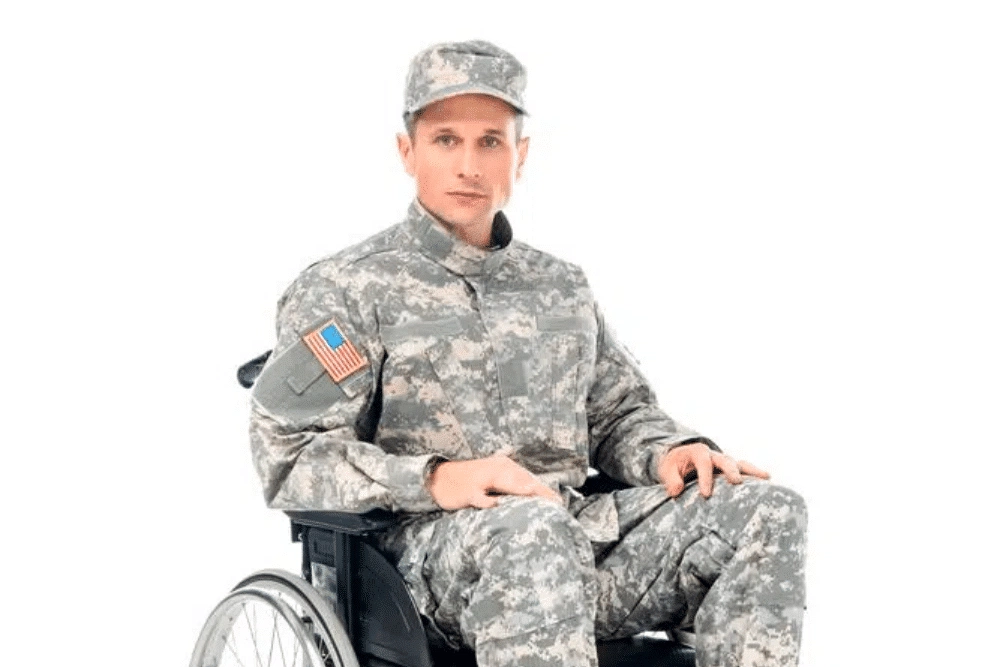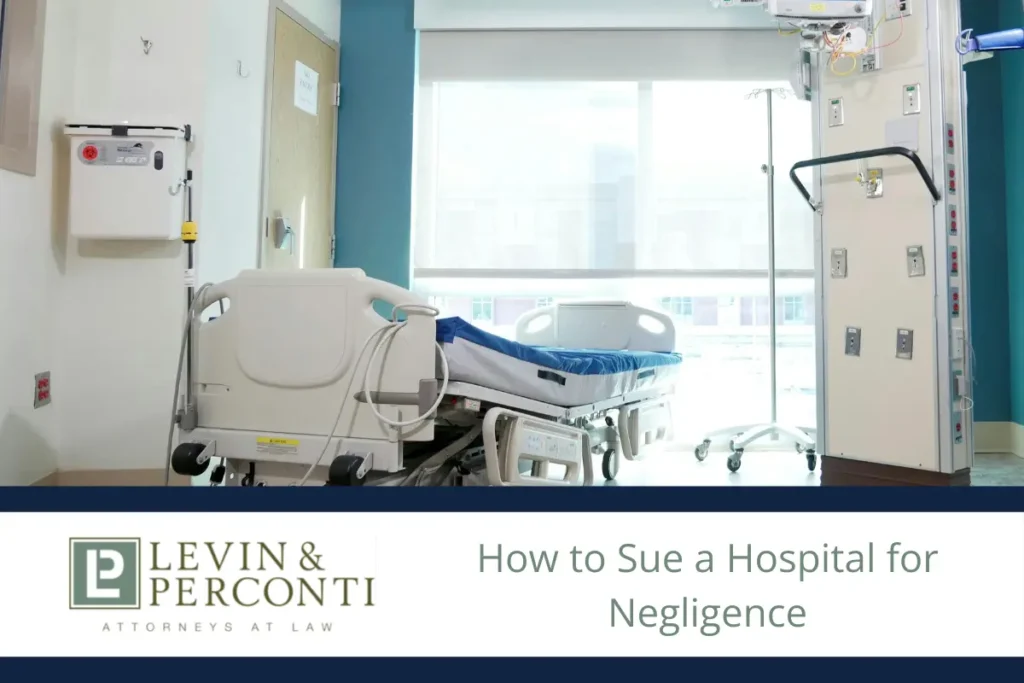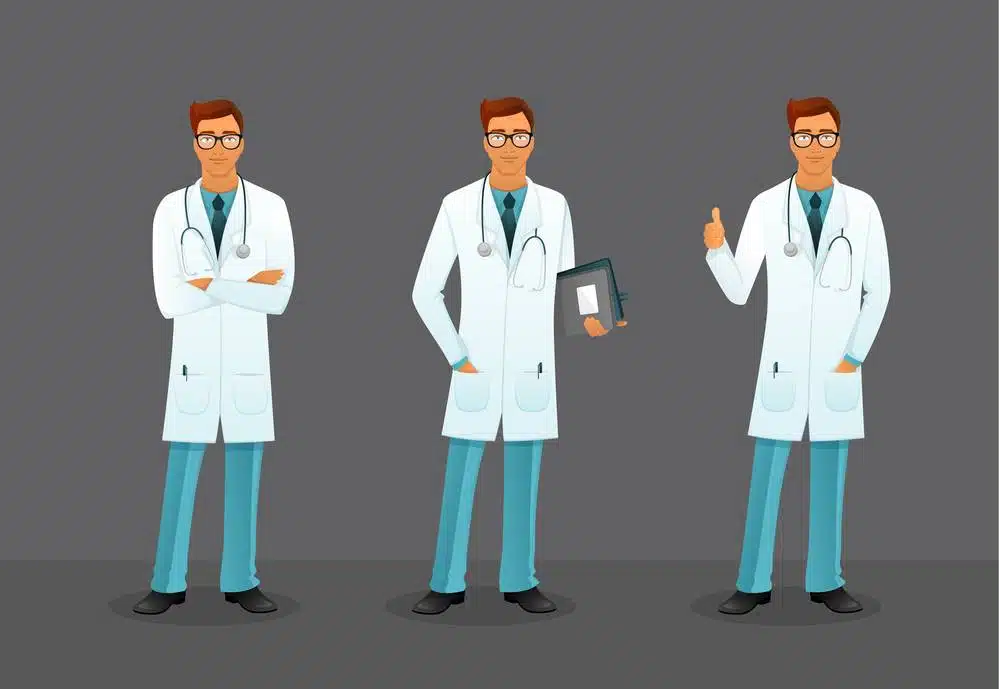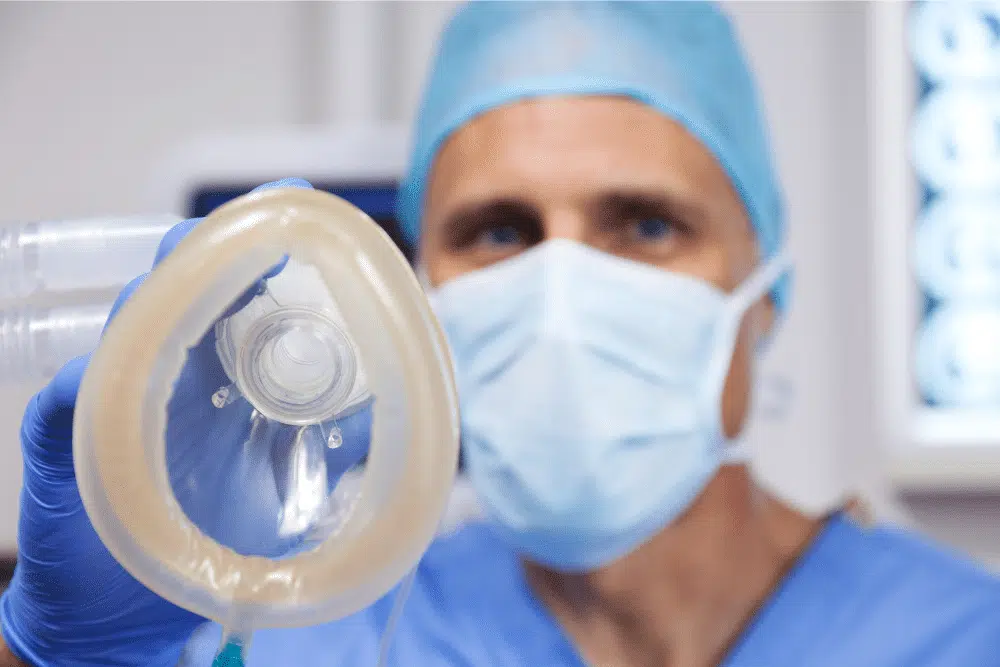Chicago Pedestrian Accident Lawyer
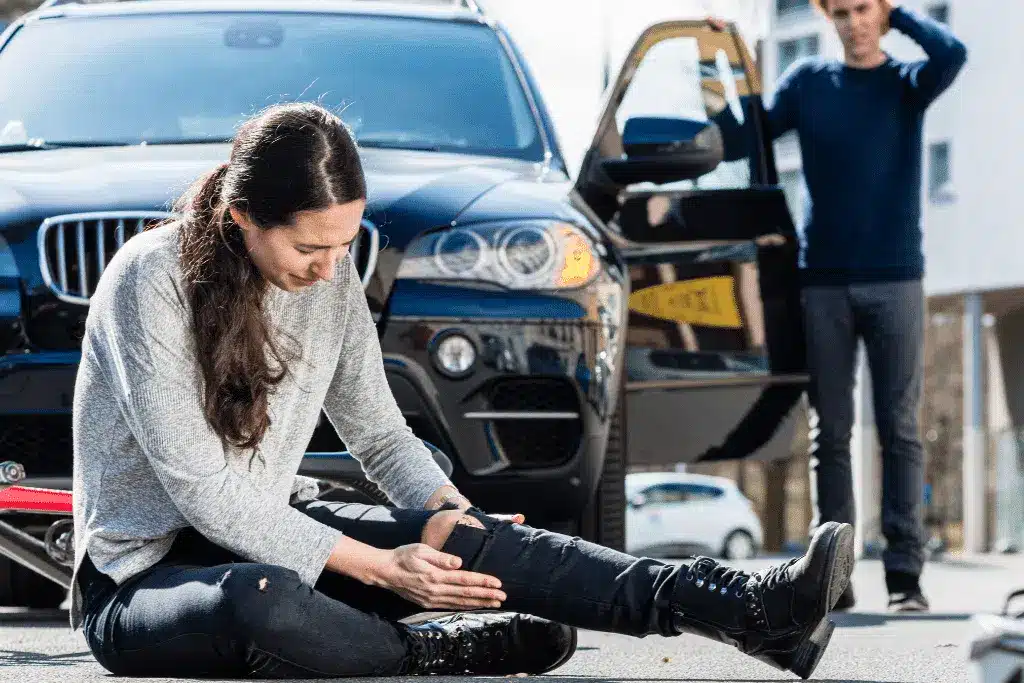
Chicago pedestrian accidents can be devastating, with significant medical bills, missed time from work, and changes to your daily life and routine. If you or your loved one suffered serious or fatal injuries due to a pedestrian accident in Chicago caused by someone else’s negligence or recklessness, resulting in substantial financial, emotional, and physical harm, you should contact a personal injury lawyer to learn about your rights. Levin & Perconti can review your case to determine if you’re eligible for compensation and hold the responsible party accountable for your losses.
Home | Chicago Pedestrian Accident Lawyer
Quick Links
- Pedestrian Accident Cases Won by Levin & Perconti
- Dangerous Roads and Intersections for Pedestrians in Chicago
- Pedestrian Safety in Chicago
- The “Chicago Pedestrian Plan”
- How Common Are Pedestrian Crashes in Chicago?
- Why Do Chicago Pedestrian Accidents Happen?
- Common Pedestrian Accident Injuries
- Can I Receive Compensation for a Chicago Pedestrian Accident?
- How Long Do I Have to File a Pedestrian Crash Lawsuit in Illinois?
- What if a Chicago Pedestrian Crash Killed My Loved One?
- Why Should I Hire Levin & Perconti to Handle My Pedestrian Accident Case?
- Frequently Asked Questions (FAQs) About Chicago Pedestrian Accidents
Like many major cities across the U.S., Chicago is pedestrian-friendly and affords walkers the opportunity to access many shopping and dining establishments and other local attractions. Residents and visitors might opt to walk to their destinations for convenience, to save money, to leisurely take in the sights, or to maintain a healthy lifestyle. When exploring the bustling Illinois city, you can even find walking tours to embark on to experience the city’s robust culture and architectural glory and enjoy its savory cuisine selections. However, pedestrians walking the busy streets of Chicago are vulnerable to motorists and roadway hazards.
In recent years, The Chicago Sun-Times reported that pedestrian deaths occurred at a rate that was the highest since 1990. The Governors Highway Safety Association estimated as many as 6,227 people died on foot that year, showing a 4% increase from the preceding year.
Pedestrian Accident Cases Won by Levin & Perconti
- $10 million settlement for a 5-year-old boy run over by a fire truck as he played on a fire hydrant, resulting in the loss of his leg and half of his pelvis
- $3.8 million settlement on behalf of a 61-year-old man who was struck by a vehicle while cycling in Lake County.
- $2.07 million verdict for a 23-year-old woman who suffered multiple leg fractures in an automobile accident
- $1.25 million settlement for a 77-year-old woman who lost a part of her right leg after being struck by a bus.
Dangerous Roads and Intersections for Pedestrians in Chicago
Pedestrians should always be aware of their surroundings and exercise increased caution at various times, including when they’re crossing roadways or approaching intersections. Some Chicago roadways, neighborhoods, and intersections are busier than others, thereby presenting pedestrians with heightened risks.
Data shows that during the five-year span between 2005 and 2009, 78% of Chicago pedestrian crashes happened at an intersection. Additionally, 80% of serious injury and deadly pedestrian accidents also occurred at an intersection in Chicago. These percentages were higher than national averages during the same period, which the 2011 crash analysis attributed to “Chicago’s dense street-grid and short block lengths.”
Regions containing the most dangerous intersections for Chicago pedestrians include a two-mile length of road on 79th Street with intersections located in the Loop, Near North Side, and Near West Side Chicago Community Areas (CCAs). Near North Side CCA had the highest number of total pedestrian crashes at 1,071.
In addition to 79th Street, other Chicago streets having high numbers of pedestrian crashes include:
- Cicero from Harrison to Chicago
- 63rd from California to Ashland
- Western from 71st to 63rd
- 95th from Eggleston to King
- Fullerton from Central to Cicero
- Madison from Central to Pulaski
- North from Kostner to Kedzie
- Chicago from Keeler to Kedzie
- Devon from Sacramento to Leavitt
- Broadway from Montrose to Balmoral
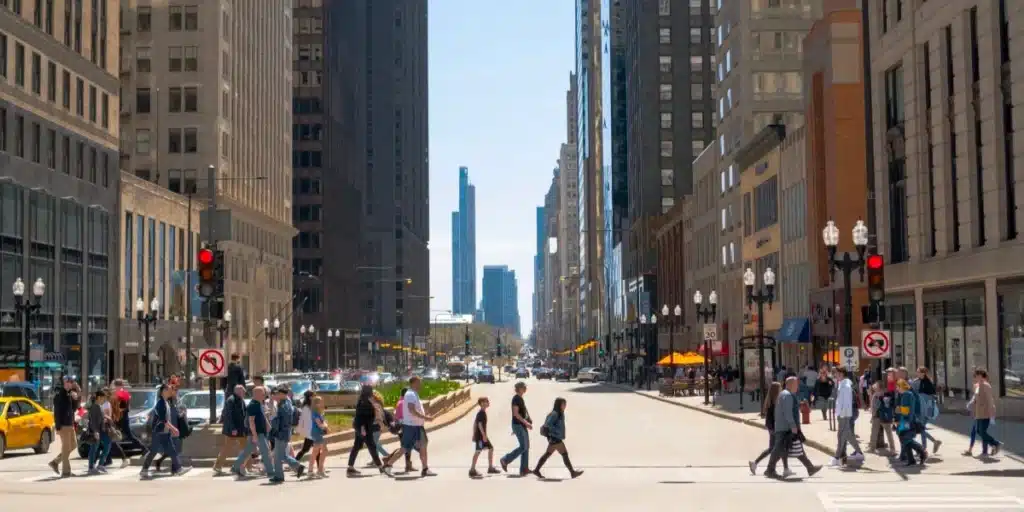
Pedestrian Safety in Chicago
Various traffic signals and other laws or designations are designed to protect motorists and pedestrians using Chicago’s roadways.
Crosswalks
These lines on roadway surfaces designate where pedestrians can legally cross the street. Without these marked crosswalks, pedestrians are prohibited from crossing the road or between intersections where appropriate signage also exists.
Public Pedestrian Tunnels and Bridges
Pedestrians are restricted from crossing limited-access streets or highways. When crossing these roadways is necessary, pedestrians must use marked crosswalks and constructed facilities, such as tunnels or bridges designated for pedestrian crossing by signs or fencing.
Railroad Grade Crossings and Bridges
Pedestrians cannot cross around, over, under, or through any gate or barrier that is closed or opening or closing at a railroad grade crossing or bridge.
Walking Along Roadways
If sidewalks aren’t provided, pedestrians must walk only on the left side of the roadway or the shoulder facing traffic approaching from the opposite direction.
Traffic-Control Signals
Pedestrians are subject to the same restrictions and allowances set forth by traffic-control signals adhered to by motorists.
Pedestrians Yielding Right-of-Way
When crossing roadways at points not marked by a crosswalk, pedestrians must yield the right-of-way to motorists.
Pedestrians’ Duty to Exercise Reasonable Care
Despite the foregoing laws designed to keep pedestrians safe on roadways and at crossings, people traveling by foot are expected to exercise due care to ensure their safety.
Tips to stay safe as a walker include:
- “See and Be Seen.” Wear light or bright-colored clothing, use a flashlight during nighttime hours, wear reflective clothing or retro-reflective items in the evening, and be mindful of the lower angle of the winter sun that creates shadows and decreases your visibility to drivers.
- Wear proper footwear that improves balance.
- Use paths designated for walking whenever possible.
- Be mindful of blind spots.
- Plan routes with clearly defined crossings.
- Look both ways before crossing.
- Always look to your left last.
- Don’t rely fully on traffic signals because some drivers fail to follow them.
- Leave yourself enough time to cross a roadway safely or wait for the next designated crossing time. Begin crossing with a “fresh green” signal.
- Be overly cautious at intersections. You are most at risk when you first step off the curb.
- Watch for drivers making turns. Be sure to look in front of you, behind you, and to both sides of you when crossing.
- Understand and follow crosswalk signals.
- Look for hazards in parking lots.
The “Chicago Pedestrian Plan”
Chicago is continually working to improve pedestrian safety throughout the city. The Chicago Pedestrian Plan, published in September 2012, is a continuing effort by the City of Chicago to make its roadways safer and more accessible to walkers. The plan was created as a combined effort with involvement from the Chicago Department of Transportation and Chicago citizens from every neighborhood to make Chicago “the safest city in the country for pedestrians.”
Other efforts by the City of Chicago to improve pedestrian safety include:
- Crosswalk Enforcement Initiatives
- Pedway: a downtown pedestrian walkway system
- Online request form for the removal of snow from sidewalks and bike lanes
How Common Are Pedestrian Crashes in Chicago?
The number of annual pedestrian crashes has been steadily decreasing since 2001, but serious injury and fatal pedestrian accidents persist in Chicago. Chicago has the fifth-lowest pedestrian fatality rate in the U.S. with an average of 1.77 pedestrian deaths per 100,000 residents.
Some key findings regarding pedestrian crash risk factors per the 2011 Pedestrian Crash Analysis Summary Report include:
- Pedestrians aged 15-18 had the highest crash rate per population.
- Males were more likely to be involved in pedestrian and motorist accidents.
- Females were more likely to be involved in crashes in Chicago compared to the national average.
- Taxis in the Central Business District (CBD) were responsible for 28% of pedestrian crashes.
- Pedestrian crashes most commonly occur on Thursdays, and between the hours of 3:00-6:00 p.m. and 6:00-9:00 p.m.
- Older pedestrians were most vulnerable to crosswalk accidents.
- Youth pedestrians aged 0-14 were most vulnerable on local roads.
- Over half (52%) of citywide pedestrian crashes at intersections with traffic signals involved turning vehicles. Most of the drivers involved in pedestrian accidents (36%) were making left turns.
- Over the five-year period from 2005 to 2009, an average of two hit and run pedestrian crashes happened per day resulting in injuries or deaths.

Why Do Chicago Pedestrian Accidents Happen?
Most Chicago pedestrian accidents occur at crosswalks. Driver or pedestrian distractions (e.g., texting, eating, changing music, or talking to or engaging with passengers), inattention, and failing to follow traffic signals can result in accidents. Additionally, failing to yield the right-of-way can prove to be catastrophic or deadly for a pedestrian crossing a roadway. Lastly, drivers turning at intersections might not see a pedestrian, thereby hitting them and causing severe or life-threatening injuries.
Common Pedestrian Accident Injuries
Pedestrian accident injuries are often severe due to the direct impact of a vehicle against the person’s unprotected body. It’s best to avoid accidents altogether, but when prevention isn’t enough to keep you safe, it’s important to seek immediate medical attention.
Pedestrian accident injuries include:
- Traumatic brain injuries (TBIs)
- Spinal cord injuries
- Bone fractures and broken bones
- Soft tissue injuries
- Neck injuries
- Internal injuries
- Amputations
- Disfiguration
- Severe emotional trauma
- Death
Can I Receive Compensation for a Chicago Pedestrian Accident?
Illinois is a “fault” or “at-fault” insurance state, meaning the person responsible for the accident must compensate those injured by the event. If your attorney can prove that the accident and resulting injuries were due to someone else’s negligence or recklessness you might be entitled to receive compensation, including economic and non-economic damages.
Economic damages include out-of-pocket or tangible expenses, such as:
- Medical bills
- Property damage
- Future medical costs
- Lost wages
- Loss of income
Non-economic damages include losses that aren’t easily calculated, such as:
- Pain and suffering
- Disability
- Mental anguish
- Disfigurement
- Loss of consortium
Illinois law allows for punitive damages when a bodily injury is the result of a defendant’s actions that were willful and wanton, outrageous, deliberate, or grossly negligent. These damages intend to punish the wrongdoer and deter future similar conduct rather than compensate the harmed individual. However, the awards can be significant.
Currently, Illinois does not impose damage caps on compensatory awards for personal injury cases.
How Long Do I Have to File a Pedestrian Crash Lawsuit in Illinois?
The statute of limitations governs how long you have to file a lawsuit after someone causes you harm. In Illinois, for personal injury cases, you have two years from the date of the accident to file a lawsuit against the at-fault party.
There are very few exceptions to this rule and missing the deadline can prevent you from recovering compensation for your losses. It’s important to speak with a personal injury attorney as soon as possible after a pedestrian accident so that your lawyer can establish a strong case and adhere to all insurance and court-imposed timelines.
What if a Chicago Pedestrian Crash Killed My Loved One?
If your family member died as the result of a pedestrian accident caused by a reckless or negligent driver, you may be entitled to compensation for your devastating loss. In Illinois, a wrongful death claim must be filed by the personal representative of the decedent’s estate. This personal representative or executor is designated by the person prior to their death, or a court can appoint someone. Any compensation recovered shall be for the benefit of the surviving spouse or next of kin. The court will determine how to divide the payout.
The compensation you can receive after your spouse or parent dies includes damages for grief, sorrow, mental suffering, and loss of financial support. The personal representative has two years from the date of the person’s death to file a lawsuit.
Frequently Asked Questions (FAQs) About Chicago Pedestrian Accidents
After a pedestrian accident that causes an injury or other losses, you likely have many questions. At Levin & Perconti, we strive to be transparent with our clients and alleviate your concerns by answering your questions and allowing you to be involved in the legal process as much as possible. We want to handle your legal matter for you so that you can focus on your recovery, but we also never want you to feel confused or unaware of what’s going on.
Do I need to report a pedestrian accident in Chicago?
If an accident results in more than $500 in damages or there’s an injury or death, you must report it. Additionally, it’s a good idea to get a police report to help establish liability and to document the details of the accident. After a pedestrian crash, call 911 for emergency assistance and to have law enforcement come to the scene. You can also go to the Chicago Police Department or access their website to request a copy of the report.
How do I receive compensation for medical expenses if the driver is uninsured or it’s a hit and run?
It’s a crime to leave an accident scene when you’re involved. However, if a driver leaves after hitting you, it can sometimes be difficult to locate the perpetrator, even when law enforcement exhausts all avenues trying to do so. In this instance, you still need to be compensated. If this happens, you have the option to file a claim with your own insurance company using your uninsured motorist coverage required on all Illinois auto insurance policies. A personal injury attorney can help you with this process.
Should I see a doctor for minor injuries after a pedestrian accident?
Yes. Due to stress hormones like adrenaline, you don’t always feel injuries immediately after an accident. Additionally, injuries that appear to be minor might progress into something more serious within hours or days. It’s always a good idea to receive a full medical evaluation following a pedestrian crash. Your medical record and how timely you seek treatment can be used later to help you obtain compensation for your injuries. You can visit your primary care physician (PCP) or a local hospital after a pedestrian accident to ensure your safety and protect your right to sue.
Testimonials

Legally Reviewed by

Read Bio
John J. Perconti is one of the nation’s leading medical malpractice attorneys with over 40 years of experience litigating medical malpractice and personal injury cases in state and federal courts. He studied pre-med before law school, which gave him an in-depth understanding of complex medical issues that have played an important role in his success. Having lost his father at age nine, he understands how injuries and deaths affect families. He has won numerous multimillion-dollar record verdicts. His honors and awards include a Lead Counsel Rating in Elder Law, Best Lawyers in America, and Illinois Super Lawyers.
Notable Results
for failure to properly read pap smears, resulting in the misdiagnosis of cervical cancer and eventual death of a 35-year-old mother of three children.
for failing to biopsy a known breast tumor, resulting in the delay of diagnosis of breast cancer, causing death.
for failing to perform an annual pelvic exam, which resulted in the untimely diagnosis of ovarian cancer.
Why Should I Hire Levin & Perconti to Handle My Pedestrian Accident Case?
Since our founding 30 years ago, the attorneys at Levin & Perconti have recovered $1 billion dollars in verdicts and settlements for our clients. Our success has ranked us among the top five Illinois firms for total settlements by Jury Verdict Reporter in 2020. Additionally, we have won more settlements of $500,000+ than any other law firm in the state.
We don’t talk numbers because profits are all that matter to us. Instead, our clients and their financial, emotional, and physical well-being are of the utmost importance, and we strive to obtain fair compensation and justice against the individuals causing them harm.
Some of our more notable pedestrian accident wins include:
- $10 million settlement for a 5-year-old boy run over by a City of Chicago Fire Department truck, resulting in the loss of his leg and half of his pelvis
- $2.4 million verdict for a 27-year-old man struck by a Chicago City worker on a Gold Coast sidewalk
- $1.25 million settlement for a 50-year-old woman struck by a bus while walking across the road using a crosswalk
If a reckless or negligent driver hits you while walking alongside a roadway or using a crosswalk in Chicago, we can help. Contact the Chicago personal injury attorneys at Levin & Perconti today for a free consultation.

Related Blogs
